The Mat-Maker (D-13), 1990
Painted aluminum
72 x 511/4 x 231/4 inches (h x w x d)
Ex-collection
The artist;
Knoedler & Company, New York, NY;
Private collection, Kansas City, MO, 2008-2016
Literature:
Robert K. Wallace, Frank Stella’s Moby-Dick: Words & Shapes, (Ann Arbor: The University of Michigan Press, 2000). Catalogue #90 (page 274), mentioned in the text page 194.
Frank Stella’s The Mat-Maker (D-13), (1990) is from his “Moby Dick” series, “D” reliefs executed over a decade of time. This series was inspired by Herman Melville’s classic novel Moby-Dick, and an artwork was created for each of the 135 chapters. The completed series consists of 266 pieces: large metal reliefs, prints, monumental sculptures, a mural and other items.
The following excerpt is from Frank Stella’s Moby-Dick, Words and Shapes, written in 2006 by Robert K. Wallace.
Humans have always lived within a complex network of universal, local and accidental forces that subject us, like Ishmael in “The Mat Maker,” to fate, free will, and chance all the same time. Some of that complexity is embedded in The Mat Maker. This can be a difficult design to hold in one’s mind – unless one has been acclimated to the train of thought, and the sequence of images, running throughout the Cs and Ds (this particular work is “D-13”). Anchoring the metallic understructure is the orca-finned wave that has become increasingly prominent in these late reliefs. This shape is another three-way wave, with one part headlike, another finlike, and the third part, that notched and knobbed end, somewhat harder to categorize. In the C and D reliefs this massive, expansive shape has become an inviting space for overpainting. Its aluminal understructure is somewhat difficult to read in the large Mat-Maker pictured here because it has been overpainted with three additional wave shapes: the head of the maimed whale, the body of pincer-shaped pinwheel, adnt he notched extenstion of its own distinct shape. The necessity of the understructure has again dictated the extent of the surface over which the interplay of free will and chance will determine “the final aspect of the completed fabric.”1
The overpainting of this one shape within this one version of The Mat-Maker symbolizes the interweaving of fate, free fill, and chance in the series as a whole. In the late 1990s we live on a global surface whose habitable expanse is increasingly overwritten with a variety of cultural codes. Multiple codes can coexist to the extent that the human mind is able to generate and process competing symbols and images within a finite space. The C and D reliefs, much like Ismael’s “Mat-Maker” chapter, symbolize our need to stay in touch with the basic shapes and conditions of life at the same time that we deploy them in necessarily complex and interrelated ways. In December 1992 I had asked Stella if he saw these late reliefs as symbolic of the interconnectedness of place and the overlay of culture in our global society at the end of the century. His answer was that “if you have the surface of the globe and you draw any series of divisions, you can take those divisions and then erase them or realign them and they still in the end form the surface of the globe. So people can worry about where they are going to live in redrawing all these boundaries, but it’s not going to them any good. In the end it’s going to be the same picture with different lines. They are not going to change the surface, what they have to work with, so I guess the message for that is, better start to adapt, because they don’t have a choice.” This, though, is not any message he claimed to have intended. This was the interview in which he said his own goal was to “deal with the boundaries” and to “manipulate shapes.”

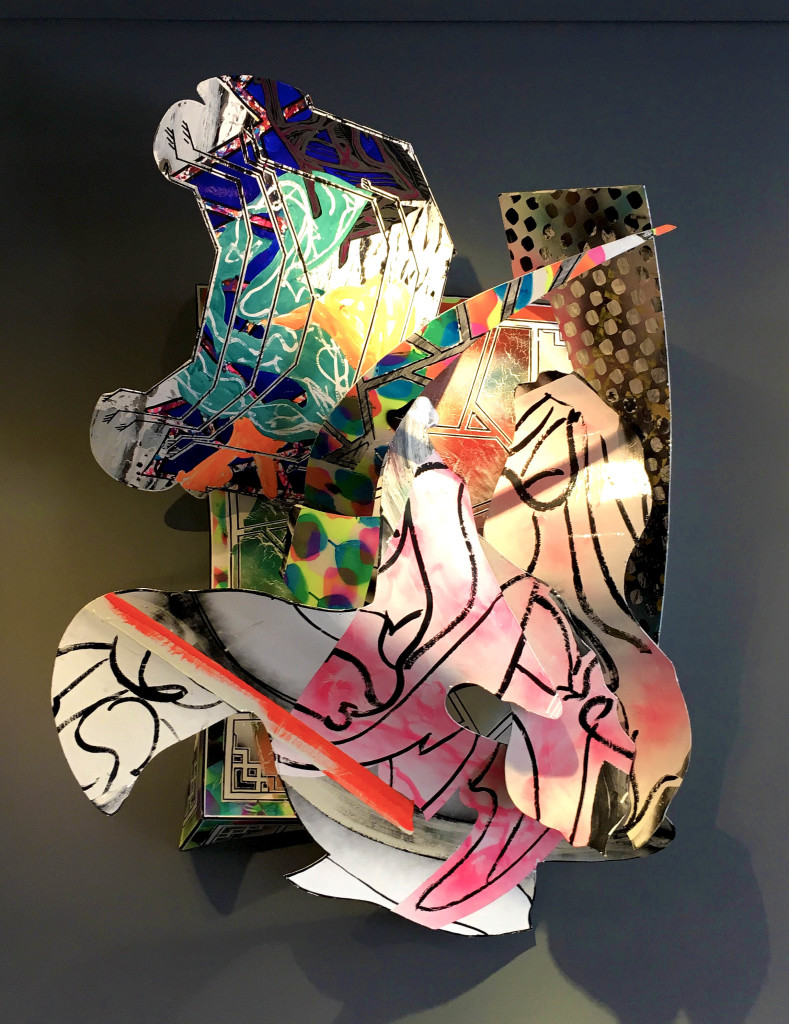
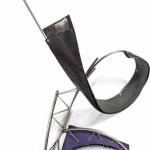 Bagoes
Bagoes
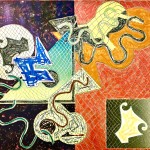 Shards IV
Shards IV
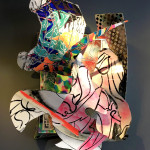 The Mat-Maker (D-13), 1990
The Mat-Maker (D-13), 1990
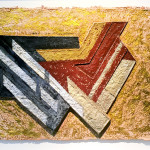 Bogoria (sold)
Bogoria (sold)
 The Honor and Glory of Whaling (Maquette) (sold)
The Honor and Glory of Whaling (Maquette) (sold)
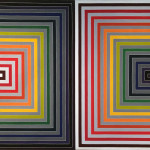 Le Rêve de d’Alembert (sold)
Le Rêve de d’Alembert (sold)
 Il Dimezzato #7, D-1X (sold)
Il Dimezzato #7, D-1X (sold)
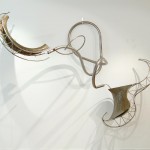 Tapekan (sold)
Tapekan (sold)
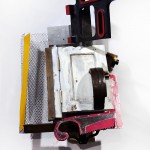 Playskool Door
Playskool Door
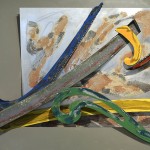 Green Solitaire (sold)
Green Solitaire (sold)
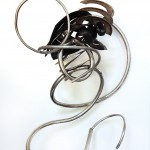 Djoli (sold)
Djoli (sold)
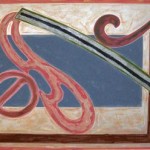 Bonin Night Heron
Bonin Night Heron
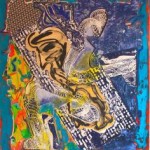 Untitled
Untitled
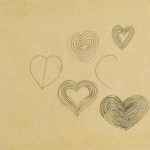 Striped Hearts
Striped Hearts
 Untitled (number 11)
Untitled (number 11)
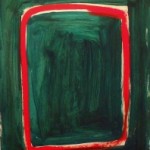 Untitled (number 10)
Untitled (number 10)
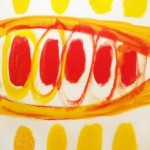 Untitled (number 9)
Untitled (number 9)
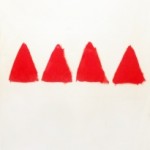 Untitled (number 8)
Untitled (number 8)
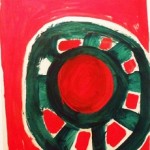 Untitled (number 6)
Untitled (number 6)
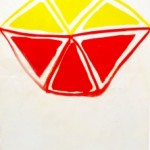 Untitled (number 5)
Untitled (number 5)
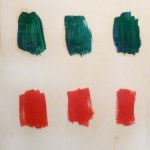 Untitled (number 3)
Untitled (number 3)
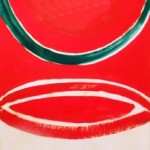 Untitled (number 7)
Untitled (number 7)
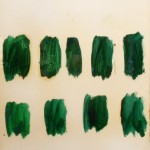 Untitled (number 4)
Untitled (number 4)
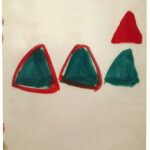 Untitled (number 2)
Untitled (number 2)
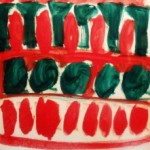 Untitled (number 1)
Untitled (number 1)
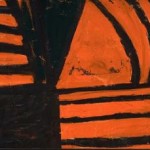 Untitled (Black and Orange)
Untitled (Black and Orange)
 Untitled
Untitled
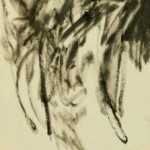 Untitled (Black)
Untitled (Black)
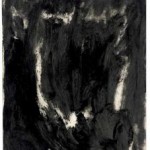 Untitled (2.2.58)
Untitled (2.2.58)
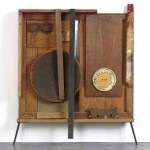 Cricket/Kit Construction
Cricket/Kit Construction
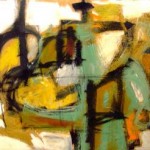 Untitled (Green, Brown, and White)
Untitled (Green, Brown, and White)
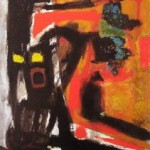 Untitled (Red and Black)
Untitled (Red and Black)
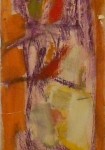 Untitled
Untitled
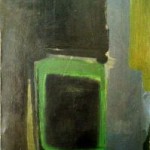 Untitled (Black, Green, and Grey)
Untitled (Black, Green, and Grey)
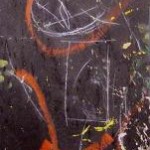 Untitled (Black, White, and Red)
Untitled (Black, White, and Red)
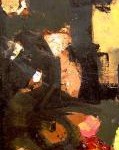 Untitled (Pink and Black)
Untitled (Pink and Black)
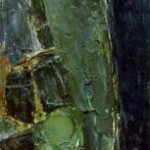 Untitled (Green)
Untitled (Green)